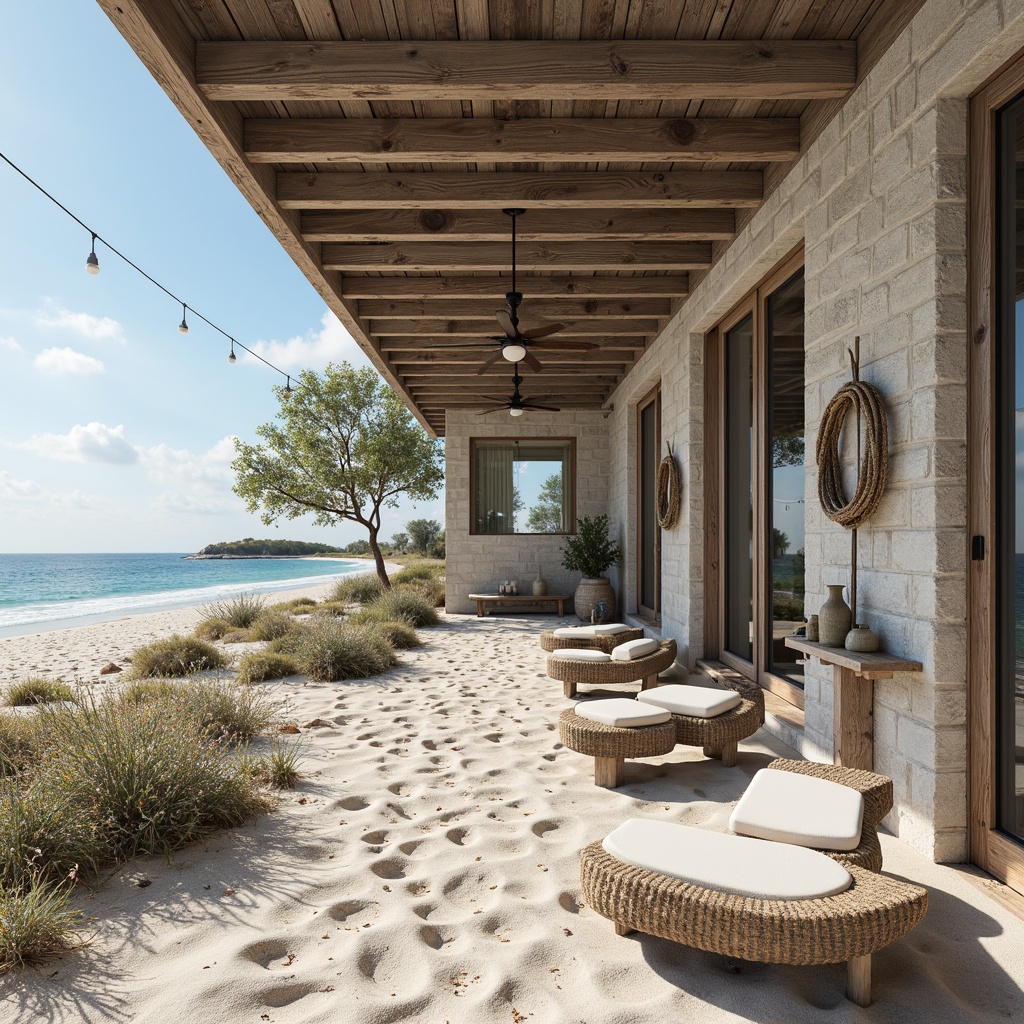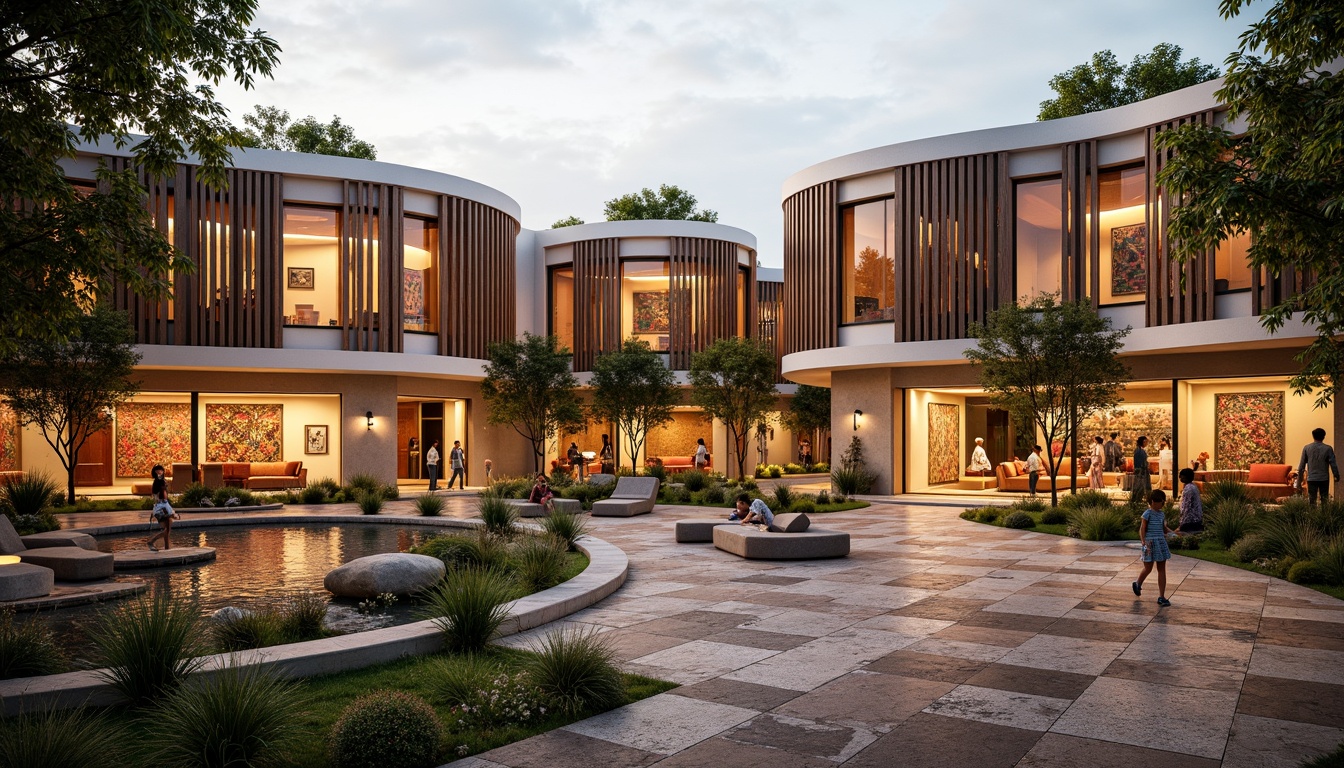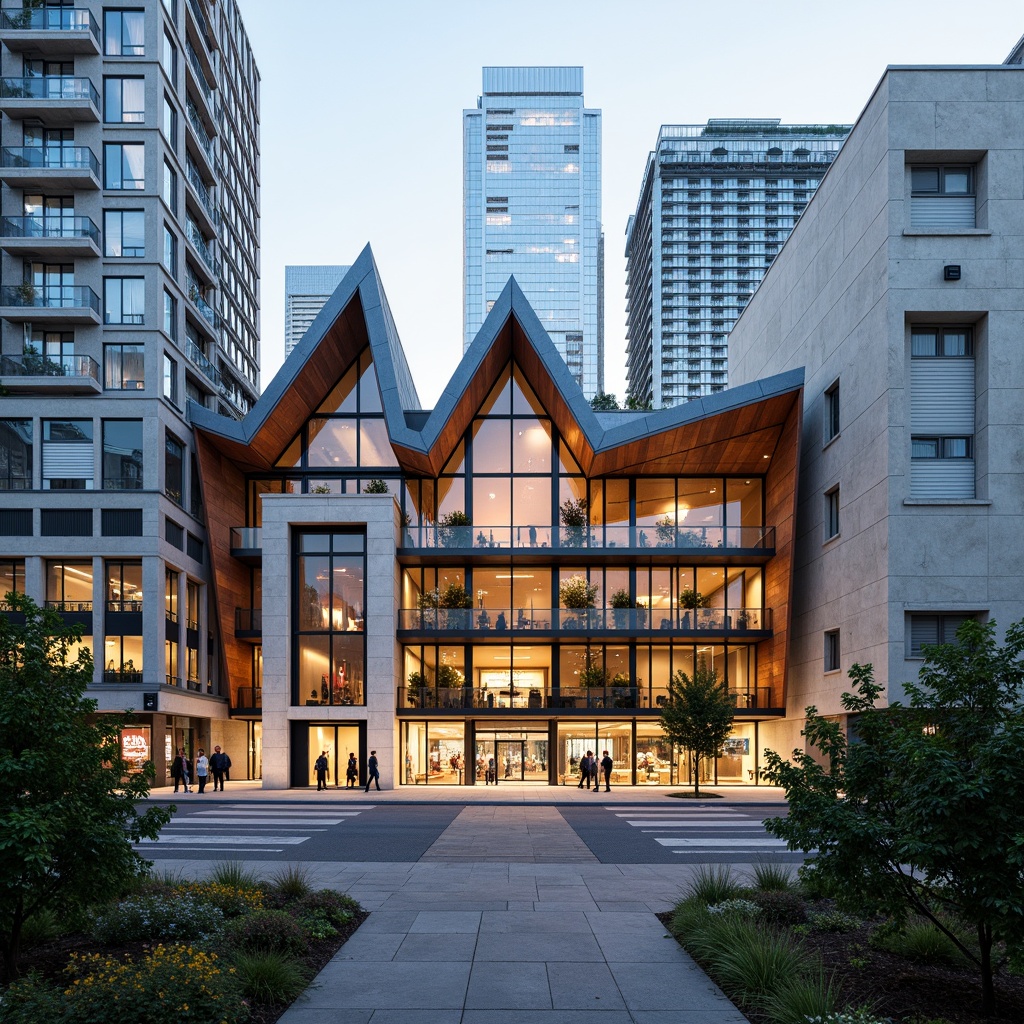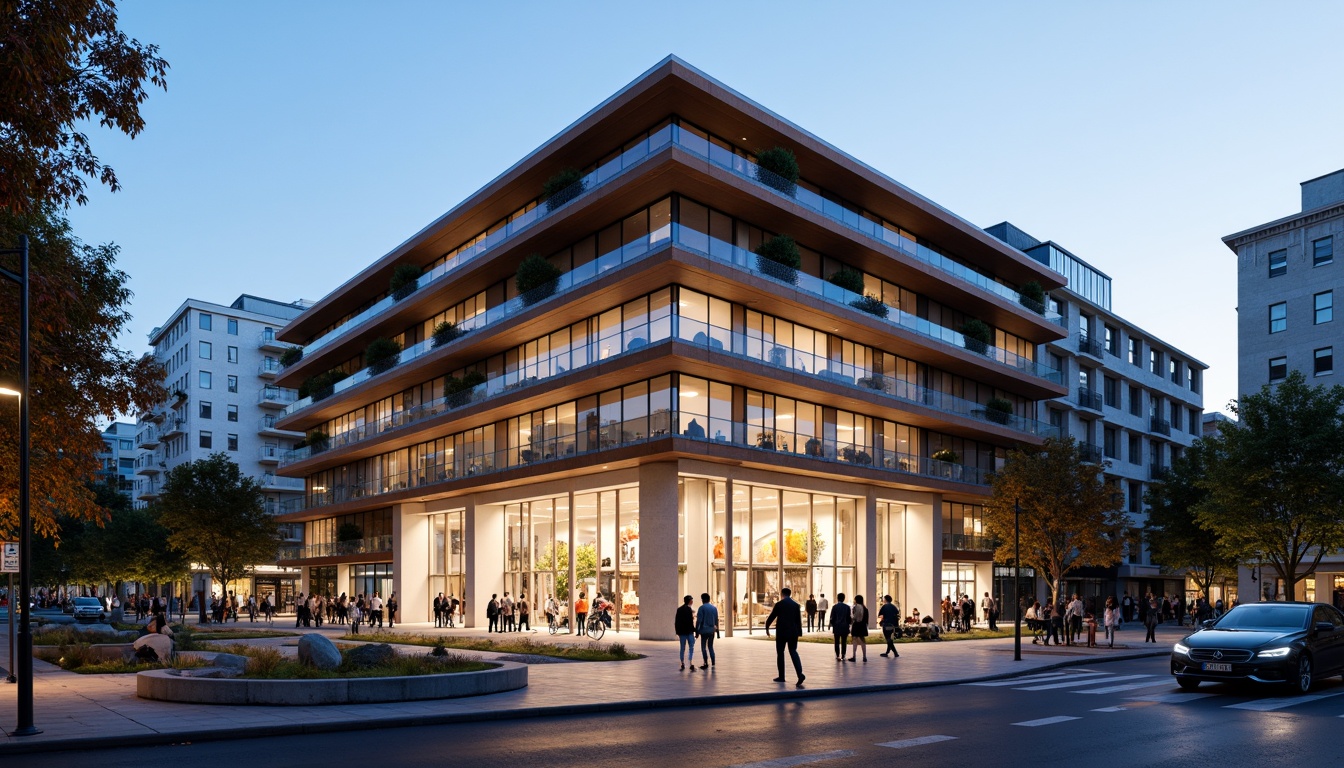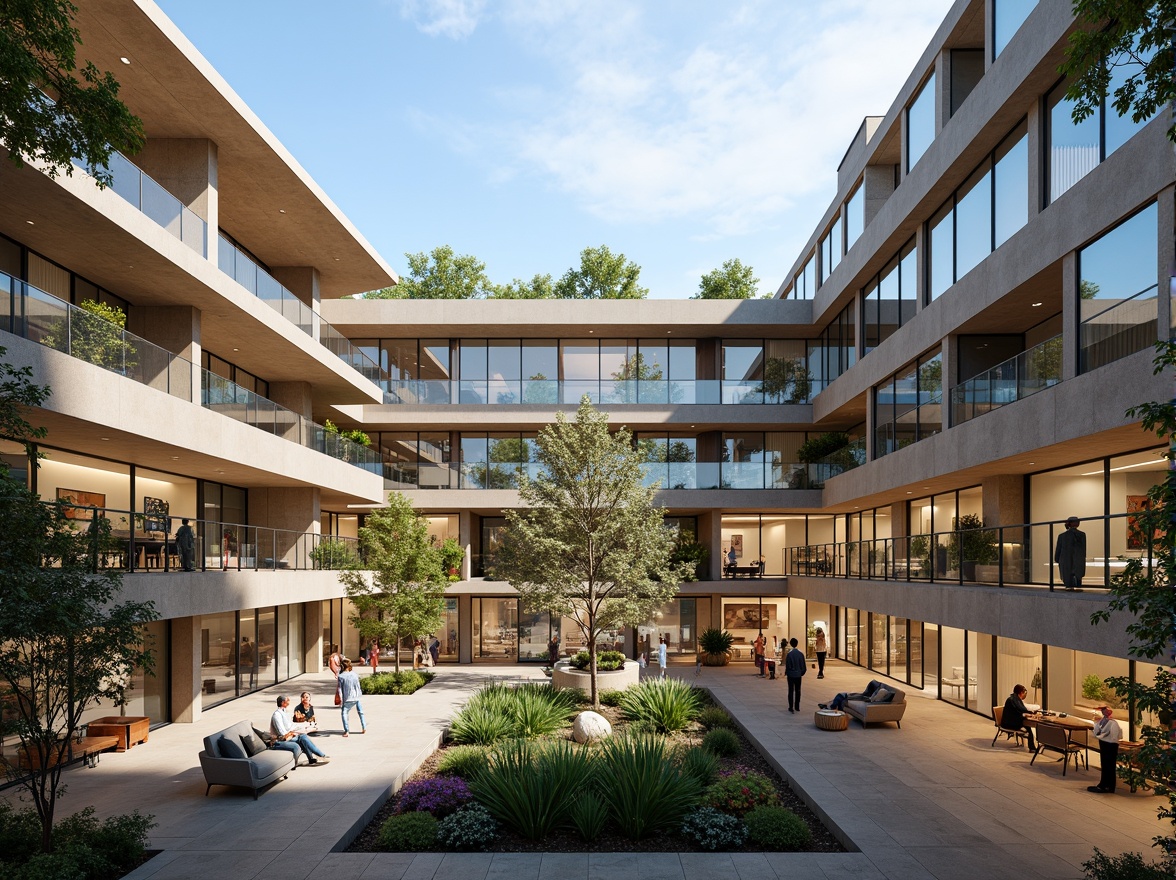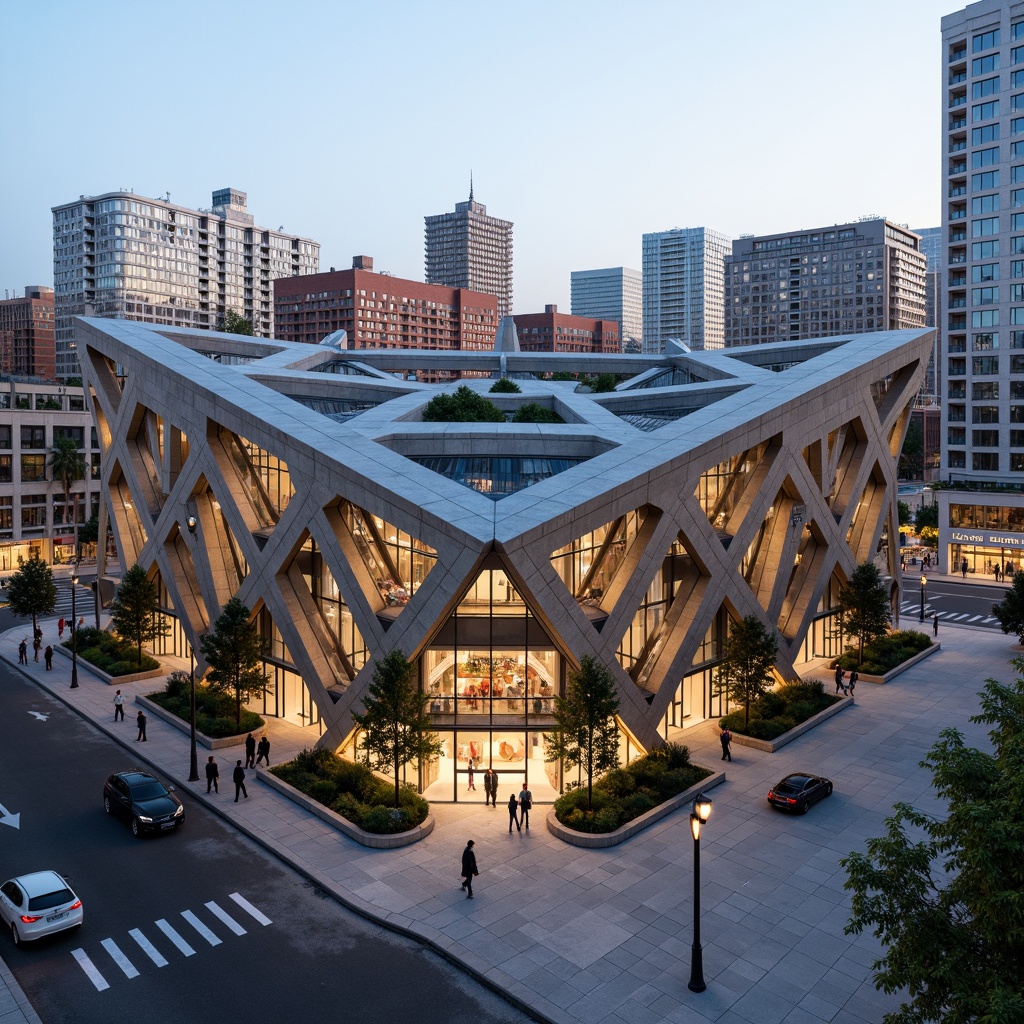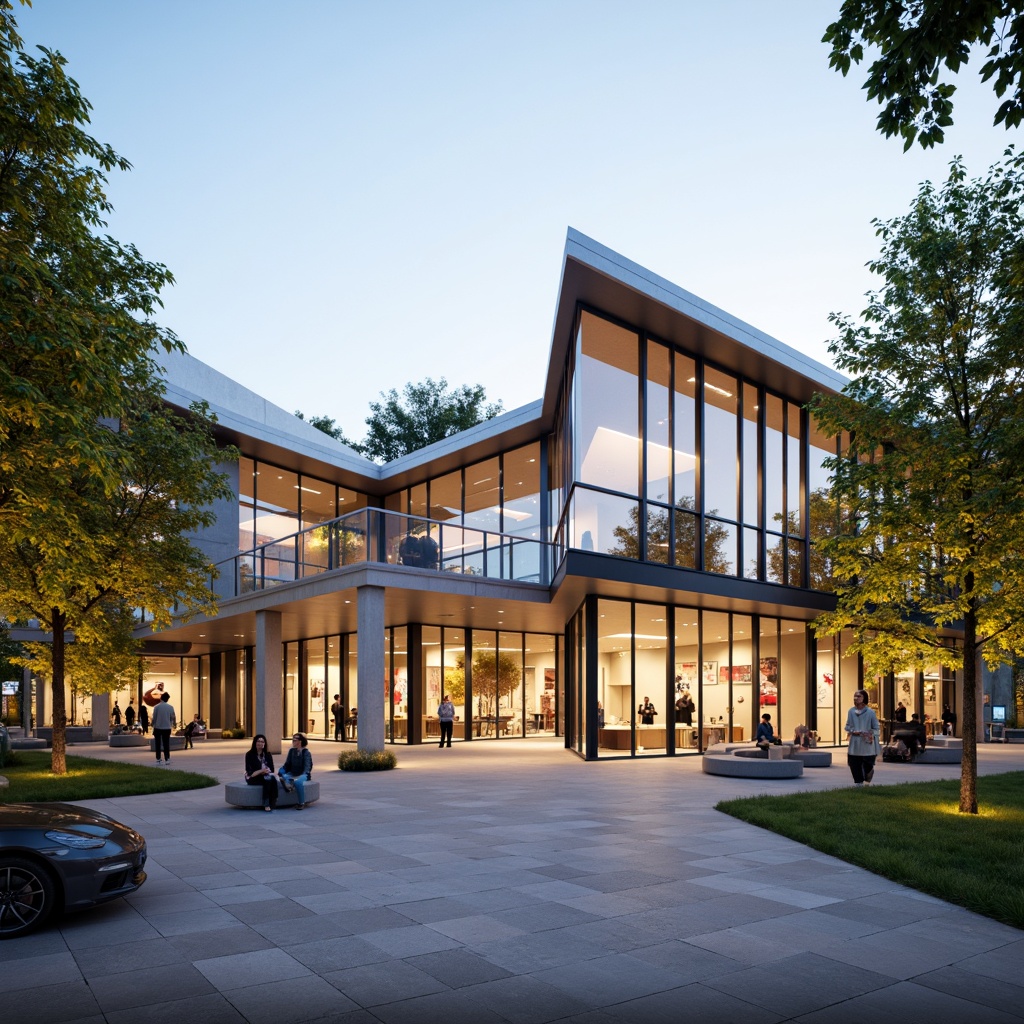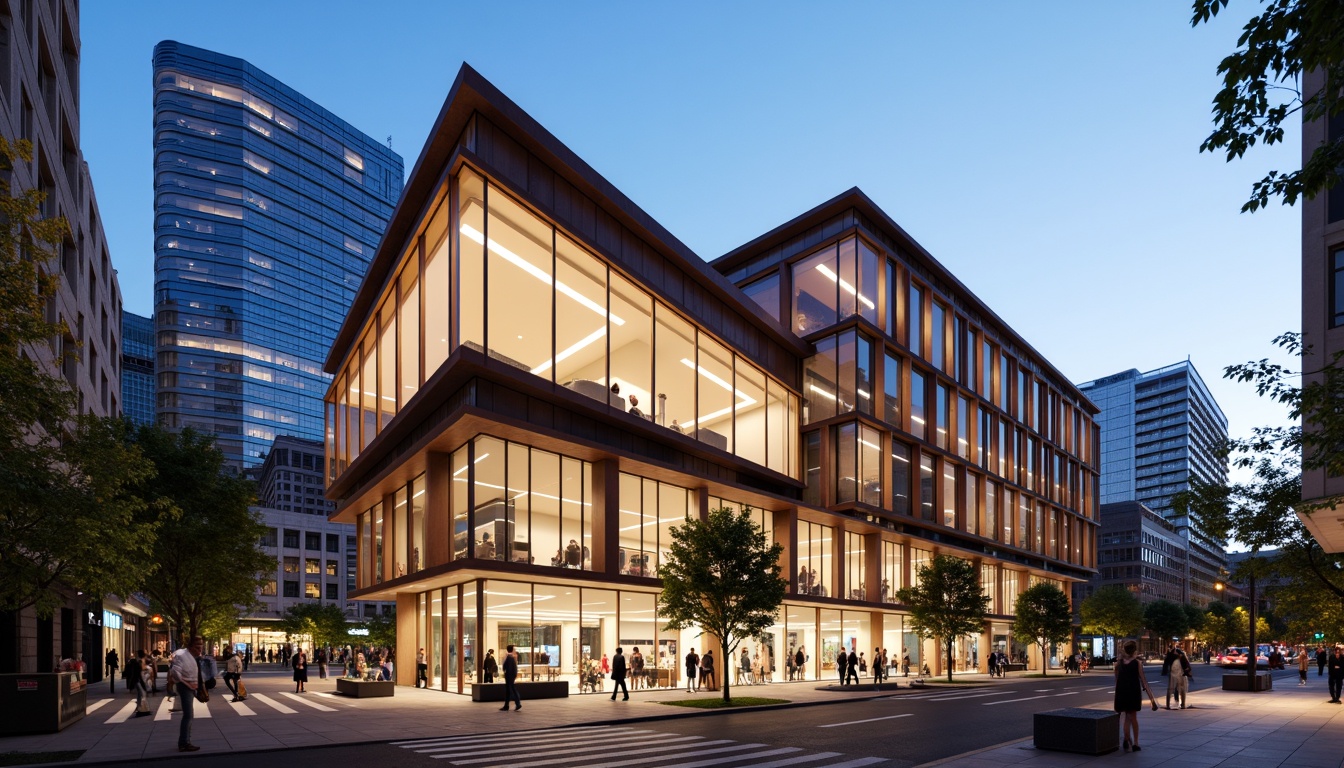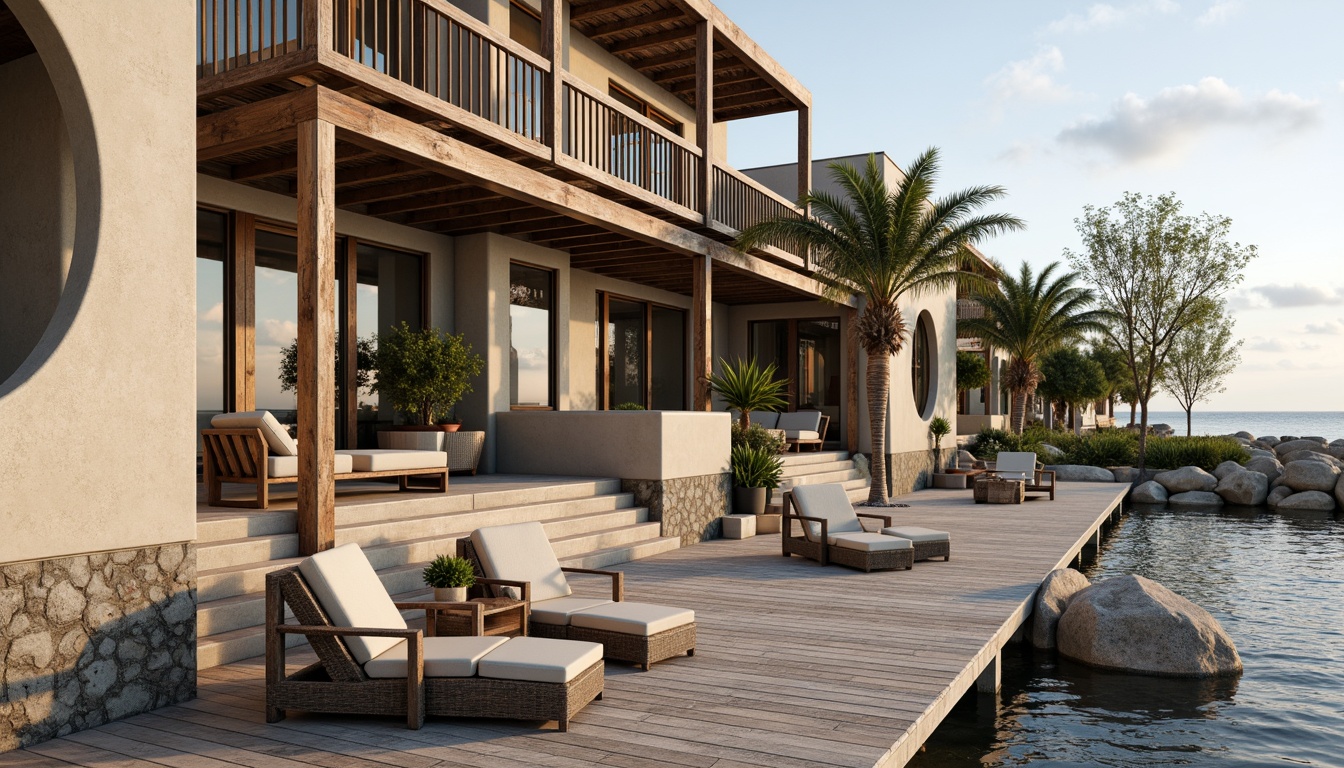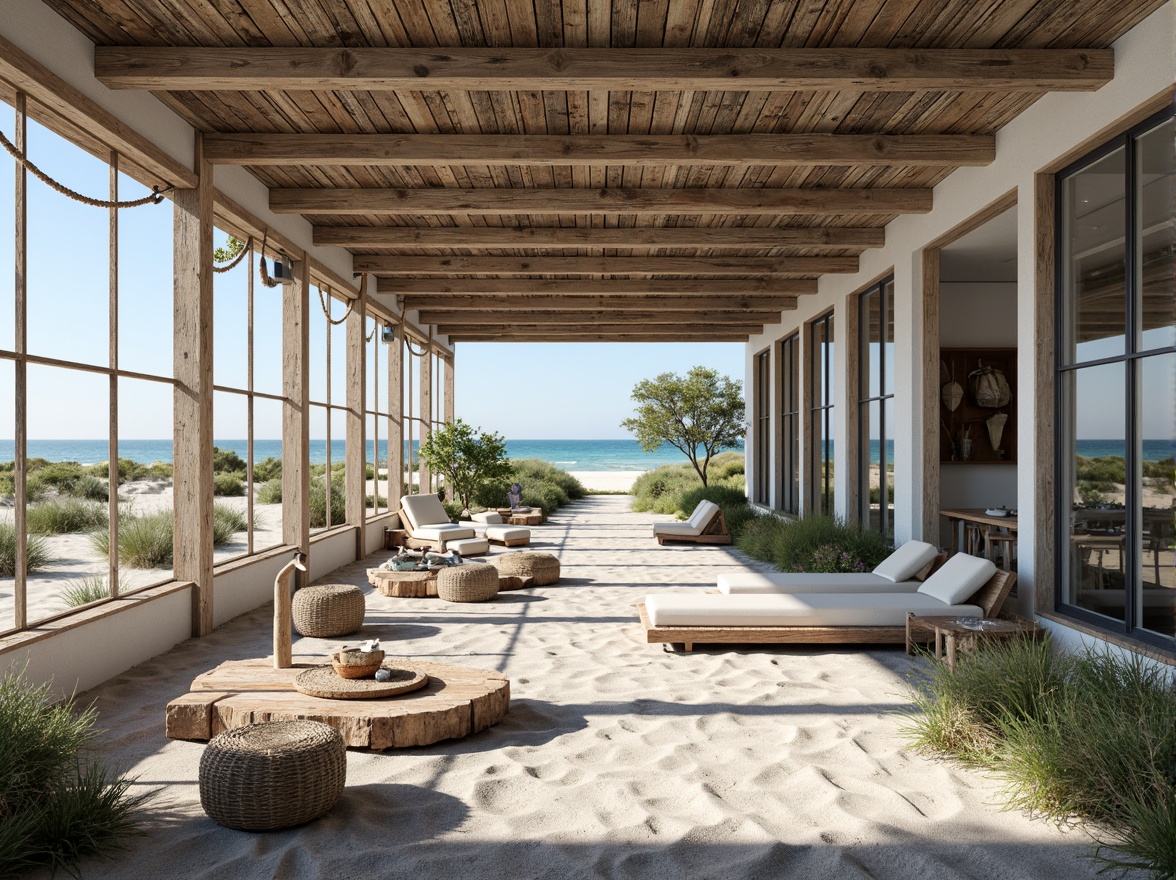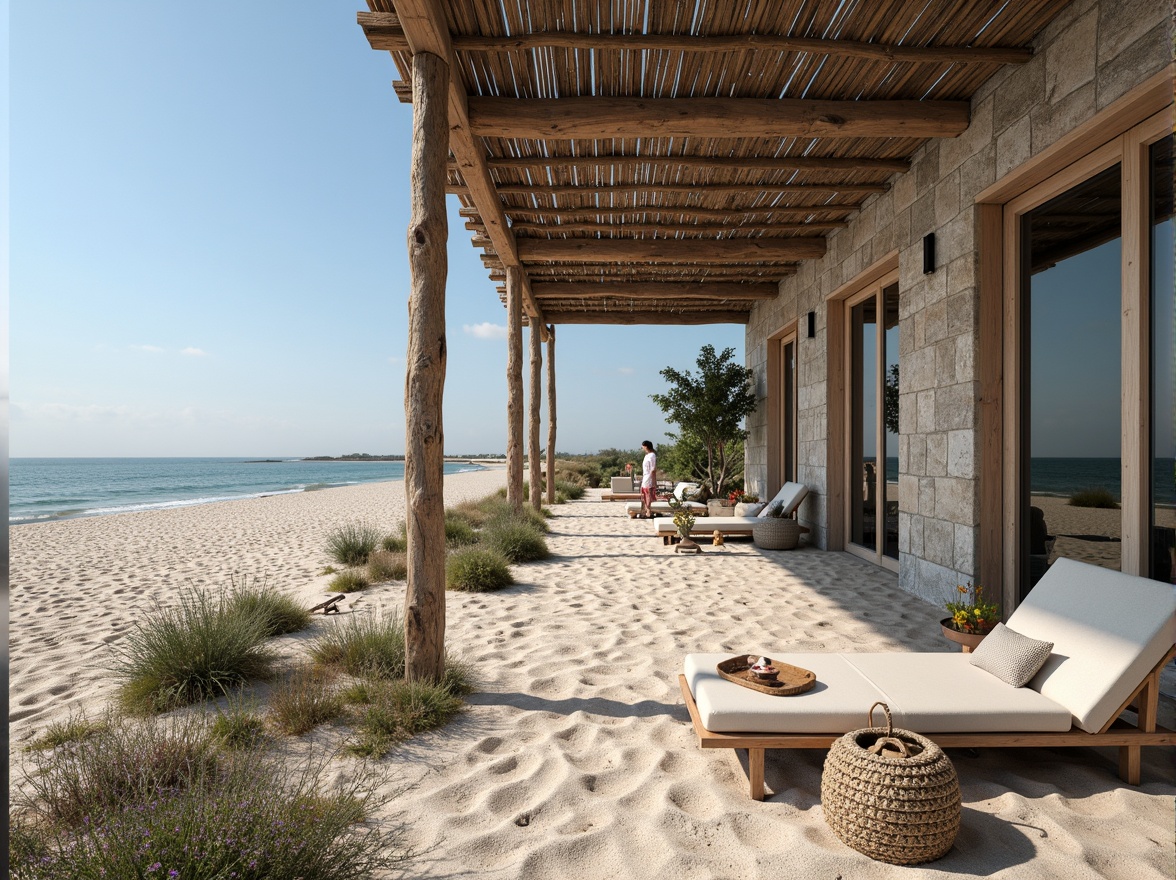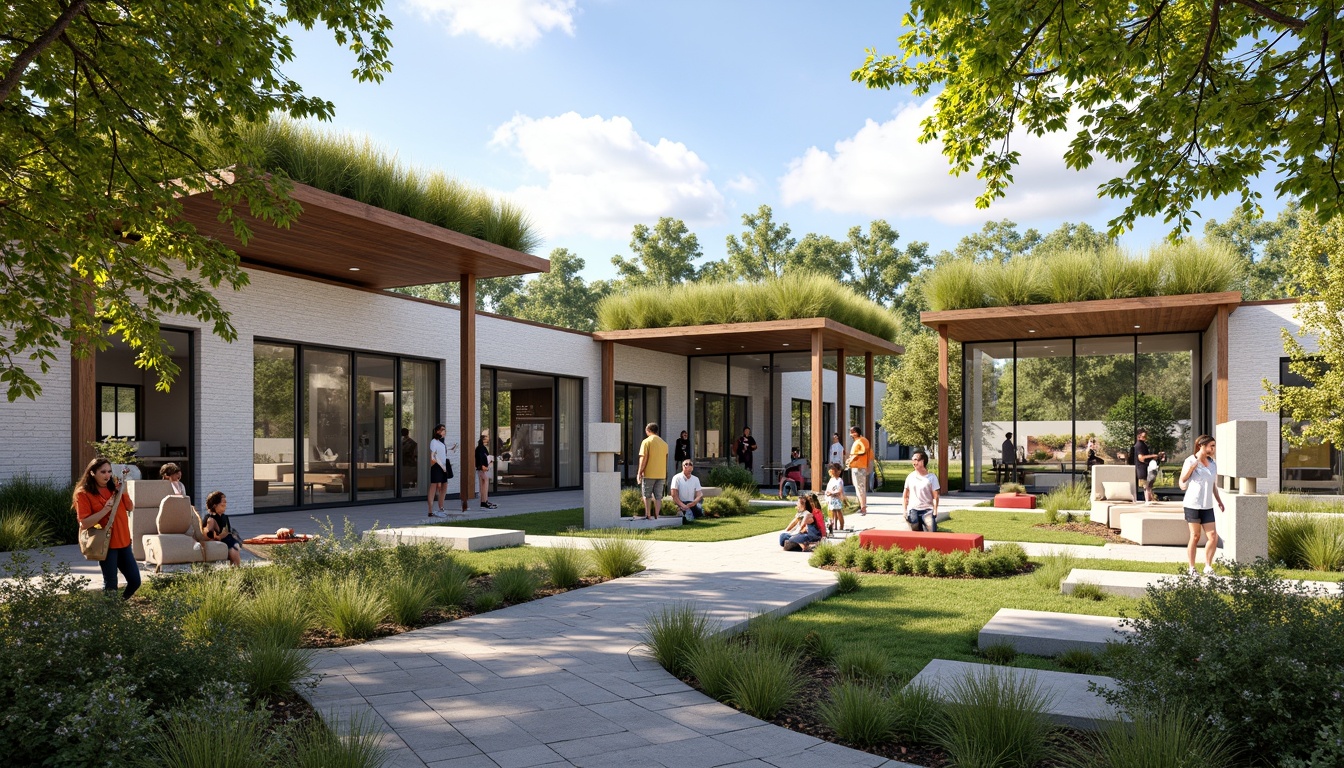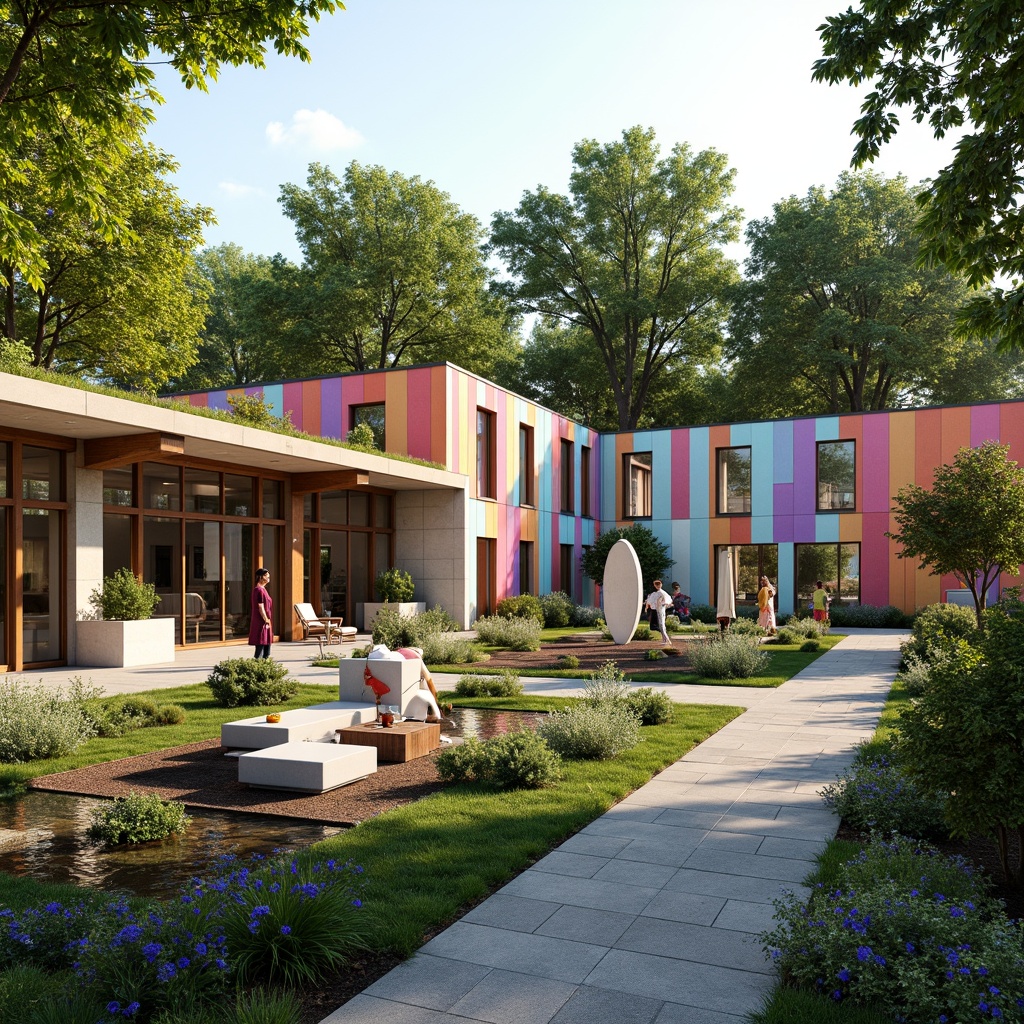दोस्तों को आमंत्रित करें और दोनों के लिए मुफ्त सिक्के प्राप्त करें
Design ideas
/
Architecture
/
Visual arts center
/
Regionalism Style Visual Arts Center Architecture Design Ideas
Regionalism Style Visual Arts Center Architecture Design Ideas
The Regionalism style of architecture for visual arts centers is a celebration of local culture, environment, and materials. With a strong emphasis on site integration, this design approach utilizes masonry materials and a soothing blue color palette to create harmonious structures. These designs not only stand out aesthetically but also reflect the coastal settings in which they are often situated. This article presents a curated selection of innovative architecture ideas that exemplify the Regionalism style, inspiring you to create spaces that resonate with their surroundings and community.
Creative Facade Design for Regionalism Style Visual Arts Centers
Facade design plays a crucial role in defining the character of a visual arts center. In the context of Regionalism style, the facade often incorporates local materials and architectural elements that reflect the cultural identity of the area. The use of masonry not only enhances durability but also offers a rich texture that adds depth to the building's exterior. By blending innovative design with traditional aesthetics, the facades can create an inviting atmosphere that draws visitors into the artistic world within.
Prompt: Earthy tone Visual Arts Center, curved lines, organic shapes, natural stone fa\u00e7ade, wooden accents, green roofs, lush vegetation, regional cultural patterns, vibrant colorful textiles, intricate geometric motifs, warm ambient lighting, soft shadows, shallow depth of field, 1/1 composition, realistic textures, ambient occlusion, serene atmosphere, cultural heritage inspiration, community engagement spaces, public art installations, eclectic mix of modern and traditional elements.
Effective Site Integration in Visual Arts Center Architecture
Site integration is essential for any architectural project, especially for a visual arts center that aims to connect with its community and environment. Regionalism style emphasizes the importance of harmonizing structures with their surroundings. This can involve careful planning of the building's orientation, landscaping, and access points to ensure that the architecture complements the natural landscape. Such integration not only enhances the visitor experience but also promotes sustainability by reducing the impact on the local ecosystem.
Prompt: Vibrant arts center, dynamic angular architecture, cantilevered roofs, large glass facades, natural stone walls, modern LED lighting, urban cityscape, bustling streets, pedestrian walkways, public art installations, interactive exhibits, flexible performance spaces, adaptable classrooms, collaborative workspaces, sustainable building materials, green roofs, rainwater harvesting systems, solar panels, wind turbines, eco-friendly landscapes, native plant species, vibrant street art, dynamic shadows, high contrast lighting, 3/4 composition, shallow depth of field, panoramic view.
Prompt: Vibrant arts center, dynamic angular architecture, cantilevered roofs, large glass facades, natural stone walls, modern LED lighting, urban cityscape, bustling streets, pedestrian walkways, public art installations, interactive exhibits, flexible performance spaces, adaptable classrooms, collaborative workspaces, sustainable building materials, green roofs, rainwater harvesting systems, solar panels, wind turbines, eco-friendly landscapes, native plant species, vibrant street art, dynamic shadows, high contrast lighting, 3/4 composition, shallow depth of field, panoramic view.
Prompt: Vibrant Visual Arts Center, dynamic angular architecture, cantilevered rooflines, expansive glass facades, natural stone walls, modern minimalist design, open-air courtyard, lush greenery, public art installations, interactive exhibits, flexible performance spaces, state-of-the-art technology integration, collaborative workspaces, abundant natural light, soft warm lighting, shallow depth of field, 3/4 composition, panoramic view, realistic textures, ambient occlusion.
Prompt: Vibrant arts center, dynamic angular architecture, cantilevered roofs, large glass facades, natural stone walls, modern LED lighting, urban cityscape, bustling streets, pedestrian walkways, public art installations, interactive exhibits, flexible performance spaces, adaptable classrooms, collaborative workspaces, sustainable building materials, green roofs, rainwater harvesting systems, solar panels, wind turbines, eco-friendly landscapes, native plant species, vibrant street art, dynamic shadows, high contrast lighting, 3/4 composition, shallow depth of field, panoramic view.
Prompt: Vibrant Visual Arts Center, dynamic angular architecture, cantilevered rooflines, expansive glass facades, natural stone walls, modern minimalist design, open-air courtyard, lush greenery, public art installations, interactive exhibits, flexible performance spaces, state-of-the-art technology integration, collaborative workspaces, abundant natural light, soft warm lighting, shallow depth of field, 3/4 composition, panoramic view, realistic textures, ambient occlusion.
Prompt: Vibrant arts center, dynamic angular architecture, cantilevered roofs, large glass facades, natural stone walls, modern LED lighting, urban cityscape, bustling streets, pedestrian walkways, public art installations, interactive exhibits, flexible performance spaces, adaptable classrooms, collaborative workspaces, sustainable building materials, green roofs, rainwater harvesting systems, solar panels, wind turbines, eco-friendly landscapes, native plant species, vibrant street art, dynamic shadows, high contrast lighting, 3/4 composition, shallow depth of field, panoramic view.
Exploring Material Textures in Coastal Architecture
Material textures are pivotal in defining the aesthetic and sensory experience of a visual arts center. In Regionalism style, the choice of materials like masonry not only provides structural integrity but also resonates with the coastal environment. Textured surfaces can evoke a sense of warmth and familiarity, while also reflecting light in captivating ways. By thoughtfully selecting materials that embody the essence of the location, architects can create spaces that feel both timeless and contemporary.
Prompt: Weathered wooden docks, rusty metal railings, driftwood accents, sea-salt-eroded concrete walls, ocean-battered stone foundations, coral-inspired ceramic tiles, sandy-beige stucco exteriors, translucent glass windows, reflective aluminum cladding, ocean-blue glazed roofs, natural fiber textiles, woven rattan furniture, distressed wood flooring, beachy pebble pathways, soft warm lighting, shallow depth of field, 1/1 composition, realistic textures, ambient occlusion.
Prompt: Weathered wooden docks, driftwood accents, rough-hewn stone walls, rusty metal railings, sandy dunes, ocean-worn pebbles, sea-salt-eroded concrete, coral-inspired patterns, turquoise glass tiles, woven wicker furniture, natural fiber textiles, distressed wood planks, beachy color palette, warm sunny day, soft gentle lighting, shallow depth of field, 1/1 composition, realistic textures, ambient occlusion.
Prompt: Weathered wooden docks, rusty metal railings, driftwood accents, sea-salt-eroded concrete walls, ocean-battered stone foundations, coral-inspired ceramic tiles, sandy-beige stucco exteriors, translucent glass windows, reflective aluminum cladding, ocean-blue glazed roofs, natural fiber textiles, woven rattan furniture, distressed wood flooring, beachy pebble pathways, soft warm lighting, shallow depth of field, 1/1 composition, realistic textures, ambient occlusion.
Choosing the Right Color Palette for Coastal Arts Centers
The color palette of a visual arts center significantly influences its overall ambiance and connection to the coastal setting. For Regionalism style, shades of blue are often favored, echoing the nearby ocean and sky. This choice not only creates a soothing environment but also establishes a strong visual link to nature. Utilizing a harmonious color scheme can elevate the aesthetic appeal and help the structure stand out while still feeling integrated into its surroundings.
Prompt: Sandy beachside, driftwood accents, ocean-inspired hues, calming blues, soothing whites, weathered wood textures, natural stone walls, large windows, glass doors, nautical rope details, vintage marine equipment, distressed finishes, rustic metalwork, sea-salt air, warm sunny day, soft diffused lighting, shallow depth of field, 1/1 composition, realistic textures, ambient occlusion.
Prompt: Sandy beachside, driftwood accents, ocean-inspired hues, calming blues, soothing whites, weathered wood textures, natural stone walls, large windows, glass doors, nautical rope details, vintage marine equipment, distressed finishes, rustic metalwork, sea-salt air, warm sunny day, soft diffused lighting, shallow depth of field, 1/1 composition, realistic textures, ambient occlusion.
Prompt: Sandy beachside, driftwood accents, ocean-inspired hues, calming blues, soothing whites, weathered wood textures, natural stone walls, large windows, glass doors, nautical rope details, vintage marine equipment, distressed finishes, rustic metalwork, sea-salt air, warm sunny day, soft diffused lighting, shallow depth of field, 1/1 composition, realistic textures, ambient occlusion.
Incorporating Landscape Architecture into Visual Arts Centers
Landscape architecture is a vital component of any visual arts center, enhancing its relationship with the environment. In the context of Regionalism style, the landscape design should complement the architectural features and reflect the local flora. By integrating outdoor spaces that encourage interaction and engagement, architects can create a seamless transition between the building and its surroundings. Thoughtful landscape architecture not only enhances the beauty of the center but also provides vital spaces for artistic expression and community gatherings.
Prompt: Vibrant art studios, lush green roofs, living walls, natural stone walkways, modern architecture, large windows, glass doors, blooming trees, sunny day, soft warm lighting, shallow depth of field, 3/4 composition, panoramic view, realistic textures, ambient occlusion, outdoor sculpture gardens, meandering paths, water features, public art installations, community gathering spaces, educational signage, sustainable materials, eco-friendly design, innovative irrigation systems, shaded outdoor areas, misting systems, abstract sculptures, colorful murals, eclectic furniture, collaborative workspaces.
Prompt: Vibrant art studios, lush green roofs, living walls, natural stone walkways, modern architecture, large windows, glass doors, blooming trees, sunny day, soft warm lighting, shallow depth of field, 3/4 composition, panoramic view, realistic textures, ambient occlusion, outdoor sculpture gardens, meandering paths, water features, public art installations, community gathering spaces, educational signage, sustainable materials, eco-friendly design, innovative irrigation systems, shaded outdoor areas, misting systems, abstract sculptures, colorful murals, eclectic furniture, collaborative workspaces.
Conclusion
The Regionalism style in architecture, particularly for visual arts centers, offers a unique opportunity to create spaces that are deeply rooted in their environment. By focusing on facade design, site integration, material textures, color palettes, and landscape architecture, designers can craft buildings that not only serve functional purposes but also inspire creativity and community engagement. This approach ensures that each visual arts center becomes a testament to the local culture and natural beauty, making them valuable assets to their respective areas.
Want to quickly try visual-arts-center design?
Let PromeAI help you quickly implement your designs!
Get Started For Free
Other related design ideas

Regionalism Style Visual Arts Center Architecture Design Ideas

Regionalism Style Visual Arts Center Architecture Design Ideas

Regionalism Style Visual Arts Center Architecture Design Ideas

Regionalism Style Visual Arts Center Architecture Design Ideas

Regionalism Style Visual Arts Center Architecture Design Ideas

Regionalism Style Visual Arts Center Architecture Design Ideas


